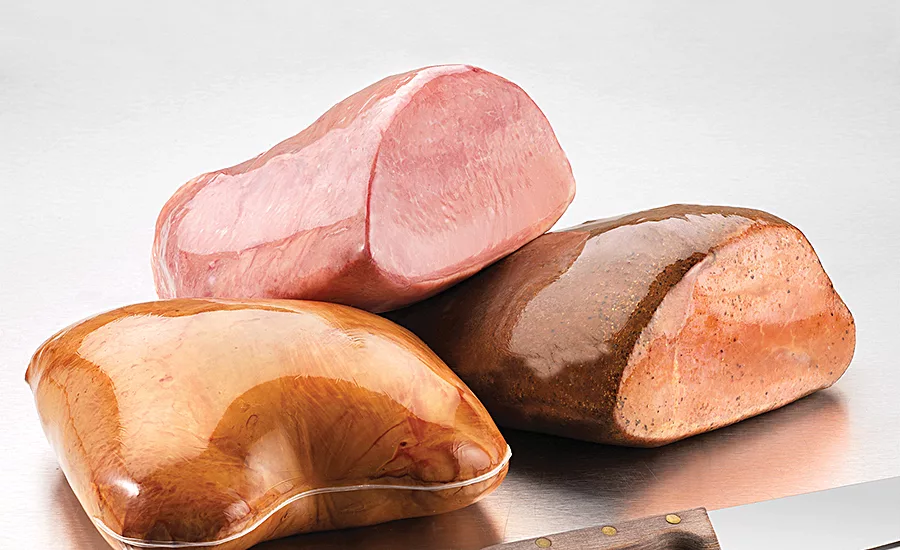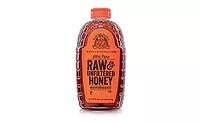Food Packaging
Packaging Assessment
What should processors look for when choosing new packaging?

Product packaging changes can result in improved performance, efficiency and visual impact. Source: Flavorseal.
The decision to use new packaging may be the result of a consumer trend or a desire to spruce up a brand’s image. But, whatever the reason, choosing the right type can be a daunting task. For more insight into the process, Food Engineering interviewed Ryan Till, product manager of packaging materials for Flavorseal, a developer of packaging systems and products specifically for the food processing segment.
FE: What are some best practices for selecting new food/beverage packaging?
Till: Selecting the correct packaging starts with understanding the product’s packaging requirements, everything from performance characteristics, such as oxygen barrier, UV barrier or puncture resistance, to functional requirements: Is the package intended for cooking? Will product be stored in the packaging after opening? How will the packaging look throughout its journey from the plant to the consumer?
Also, consider the packaging’s impact on the environment. Using recyclable materials can appeal to environmentally conscious consumers. Correct sizing is also important to help eliminate wasted packaging.
Finally, consider the packaging process itself: How is the product entering the package? How is it sealed? Is the packaging intended to be shrunk? What equipment will it run on? All of these factors can influence the packaging selection and impact its success.
FE: Beyond basic packaging functionality, how should processors measure performance?
Till: Measuring performance is dependent upon the requirements established when the packaging was selected. Establishing performance baselines for your parameters also is essential. In addition, packaging failures are a part of manufacturing, but understanding what is considered an acceptable number or percentage of failures is critical.
FE: How should new packaging be tested on production lines?
Till: Determine the critical points to be evaluated during production, such as the ease of loading packaging onto the machine or product into the packaging or the effectiveness of the sealing mechanism. Evaluation factors using data are preferred, such as the time needed to load the packaging or the number of incomplete seals.
Processors must be willing to allocate enough time, sample packaging and/or product to run the line while adjustments are made to attain an accurate assessment of the packaging.
FE: What are some steps for conducting food packaging audits?
Till: Start by reviewing the product that is being packaged: Has it changed in any way since the original packaging was selected? If not, the critical control points established during packaging selection still apply. Review the performance data: Have there been any issues with those critical control points? If so, how were they addressed?
Finally, examine the packaging as part of your overall packaging purchase. Is this the only product the packaging will be used for? Would it be possible to use the packaging with a similar product and achieve some economies of scale?
For more information:
Ryan Till, Flavorseal, 440-937-3900,
info@flavorseal.com, www.flavorseal.com.
Looking for a reprint of this article?
From high-res PDFs to custom plaques, order your copy today!






